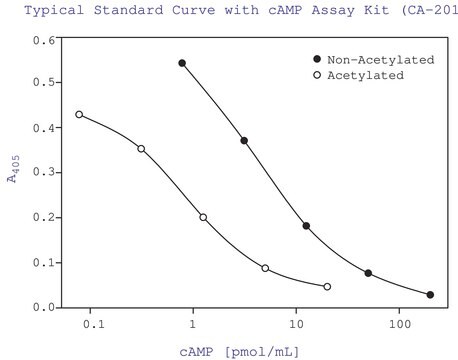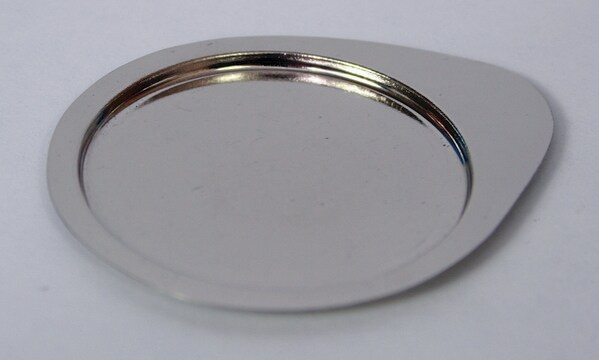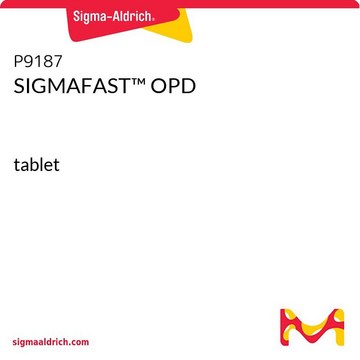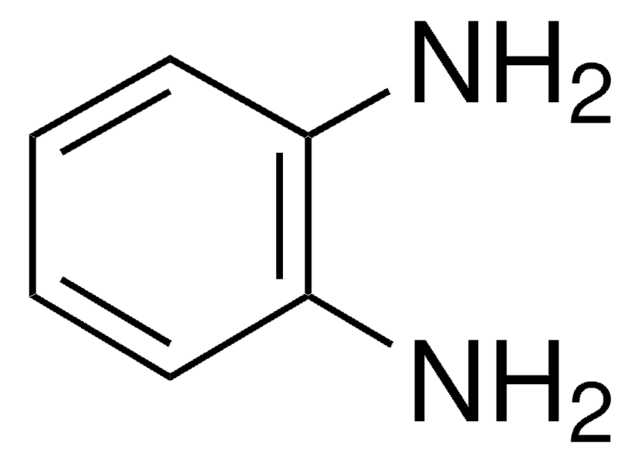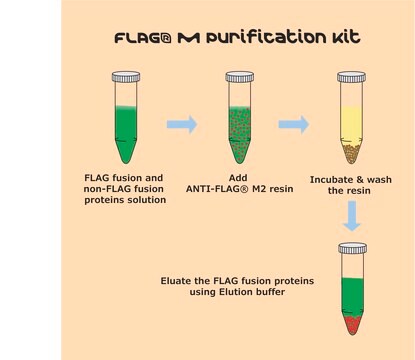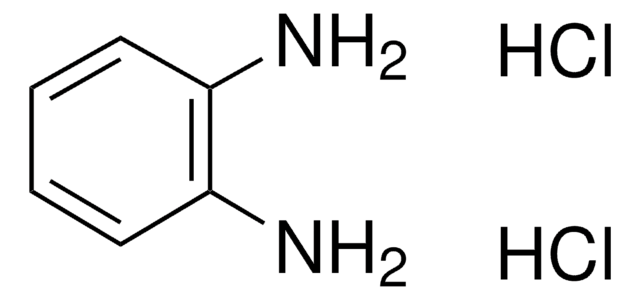OGS630
pSF-CMV-NEO-NH2-PPT-3XFLAG-COOH-Cmyc
plasmid vector for molecular cloning
Sinónimos:
cloning vector, expression vector, molecular cloning vector, plasmid, plasmid vector, snapfast vector, vector
About This Item
Productos recomendados
recombinant
expressed in human cells
tag
3X FLAG tagged
c-Myc tagged
form
buffered aqueous solution
mol wt
size 5973 bp
bacteria selection
ampicillin
origin of replication
pUC
peptide cleavage
EKT
peptide tag location
C-terminal
N-terminal
promoter
Promoter name: CMV
Promoter activity: constitutive
Promoter type: mammalian
shipped in
ambient
storage temp.
−20°C
General description
Application
Sequence
Analysis Note
Other Notes
Legal Information
related product
Storage Class
12 - Non Combustible Liquids
flash_point_f
Not applicable
flash_point_c
Not applicable
Elija entre una de las versiones más recientes:
Certificados de análisis (COA)
Lo sentimos, en este momento no disponemos de COAs para este producto en línea.
Si necesita más asistencia, póngase en contacto con Atención al cliente
¿Ya tiene este producto?
Encuentre la documentación para los productos que ha comprado recientemente en la Biblioteca de documentos.
Nuestro equipo de científicos tiene experiencia en todas las áreas de investigación: Ciencias de la vida, Ciencia de los materiales, Síntesis química, Cromatografía, Analítica y muchas otras.
Póngase en contacto con el Servicio técnico
